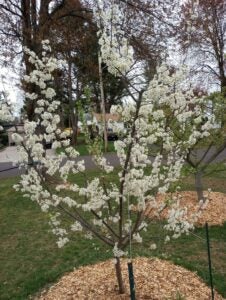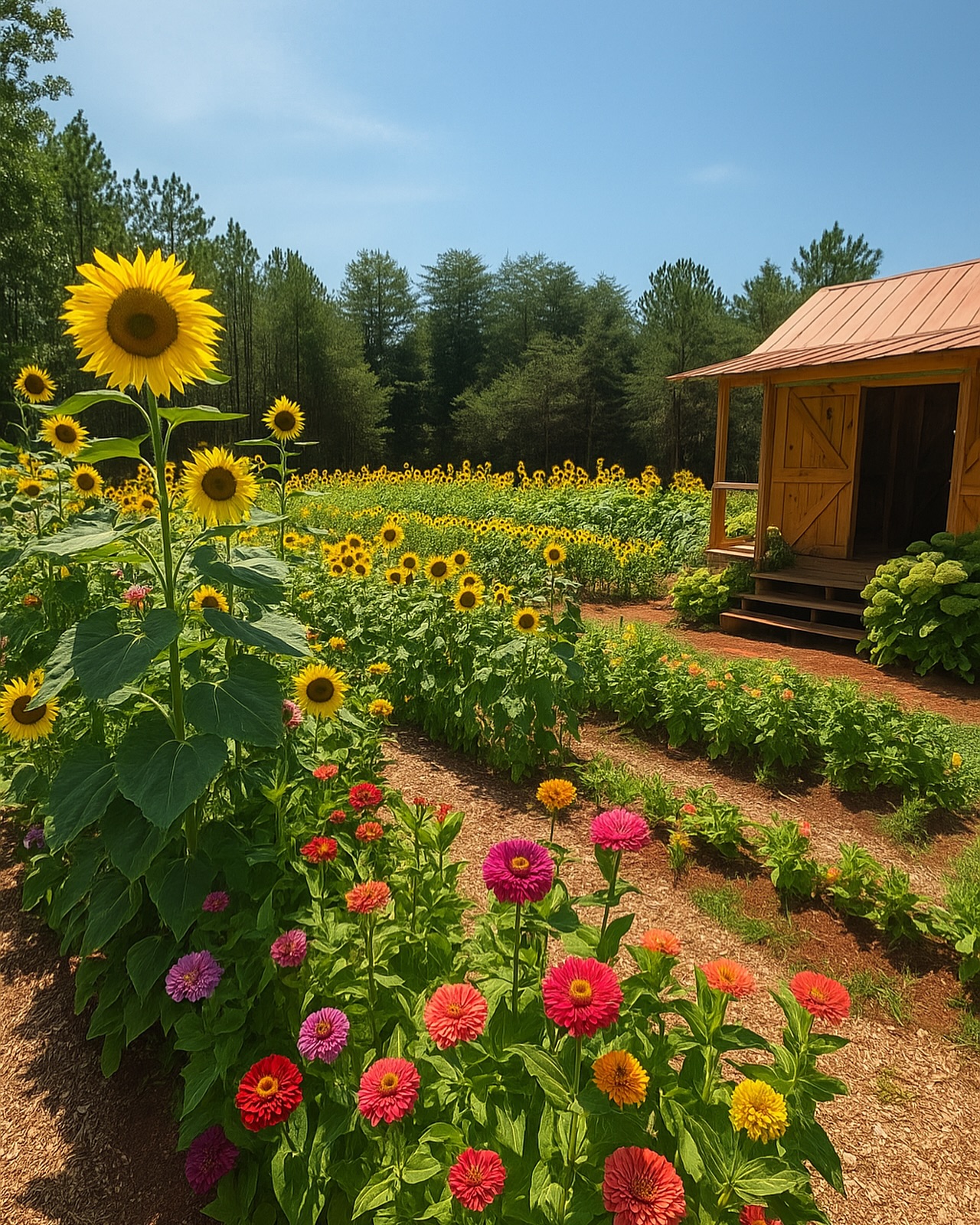Thoughts on landscape trees
Published 11:57 am Friday, August 2, 2024
|
Getting your Trinity Audio player ready...
|
Homes with trees are worth more. It’s location any realty company may tell you—oceanfront, mountain views, streamside, yet convenient. Most of us can’t have everything on a dream list, but generally, we can have trees in our landscapes. Which trees, then, could or should we plant?
If you are planning on doing some tree planting, you probably can have almost any tree you dream of if you put in the effort to find, acquire and plant it. Things to consider, though, are its appearance, its fit with your home and other landscaping, its pros and cons, its cost, and its likelihood of success in your community.
Trees offer benefits of varying importance. They can also bring liabilities. Greenery benefits the environment, yet allergens, increased humidity, and having to hire tree-cutting professionals can sometimes all be negatives. In most cases, trees bring increased value. But there are also mental, emotional, and perhaps spiritual values in having some nice trees.
Trending
Trees typically make our homes more livable. The right trees can make them more attractive, cooler, blunt chilly winds or summer storms, screen undesirable views, offer blossoms, fruit or nuts, and provide habitat for birds and other creatures. Trees can also be a means of self-expression by showing off your creativity and individuality, and they help give most people a more healthy and positive frame of mind.
What are your favorite trees? Do you know what climates and soils they like? It is smart to do a little investigating before making choices unless you know the topic of trees well and have some reasons for the choices you are thinking of buying. Consider the colors of leaves, needles or blossoms, consider leaf mess, and think about appearance in the various seasons.
Are roots going to be a problem every time you mow, and can you have grass or other plants under your future tree? Does it put off lots of pollen or seedlings? Is it unsafe in a strong storm, and are there maybe local restrictions on the tree you desire?
Some people get hung up on whether a plant is ‘native’ or not. If that thinking had been prevalent centuries ago, Americans would have no apples, peaches, pears, oranges, and no honeybees. I suggest folks make their own educated choices in trees. Japanese maples, evergreen azaleas, crepe myrtles, Taxus, and European and Japanese hollies are common examples of popular non-native landscape plants.
Professional landscaping served the wealthy of the population in past eras. But, today, from high-end garden centers to mail-order plants, both common and rare specimen trees are available to most of us.
From colorful, fruitful trees in our yards to treed hills that slow flood runoff and reduce strong winds, give some thought to the subject, meditate a bit, and then you will probably make mostly brilliant choices as you plan for and install your new trees.
Trending
It’s rather sad to see trees dozed into piles and burned for road construction or for subdivision building, though I’ve often thought it good practice to use trees for firewood, paper making, and lumber harvesting. Those trees usually grow back, or replacements are planted. Perhaps the greatest means to offset those losses is to plant a new tree in that open lawn of your front or backyard.
I hope this little study on trees and the many benefits of having lovely trees has been helpful or at least made you cease your scurrying for a moment and think.

A Toka plum tree in bloom
The author is a landscaper. www.rockcastles.net. Feedback is invited at rockcatles@gmail.com






